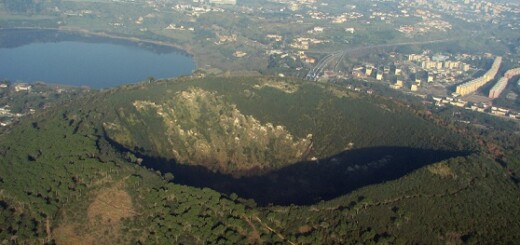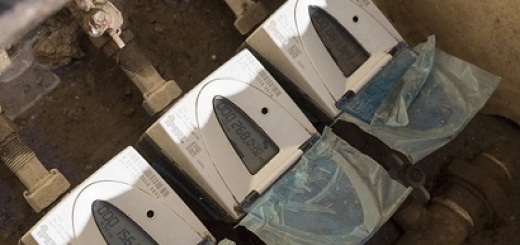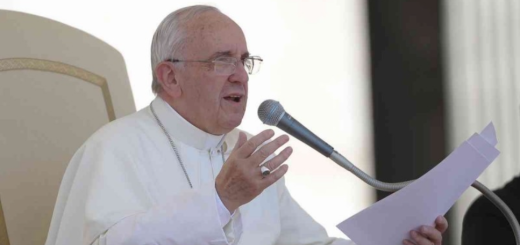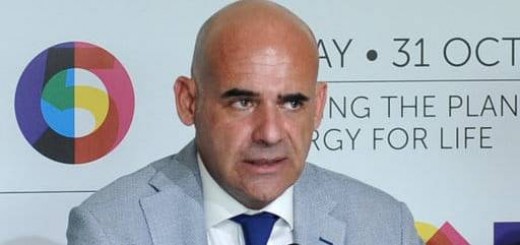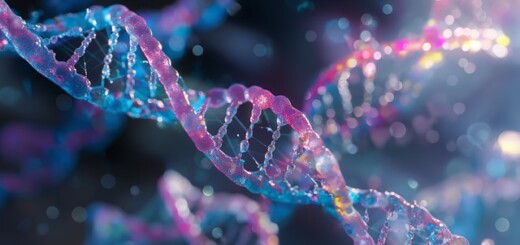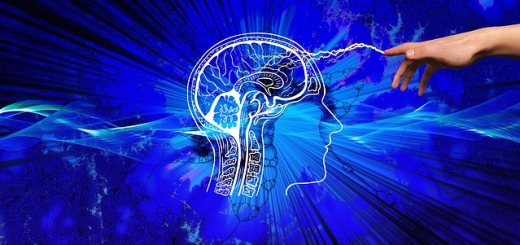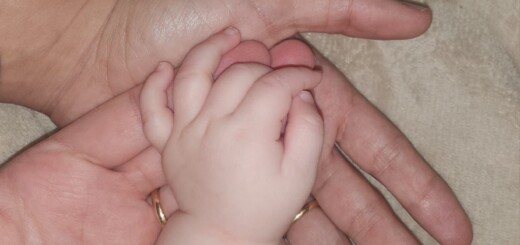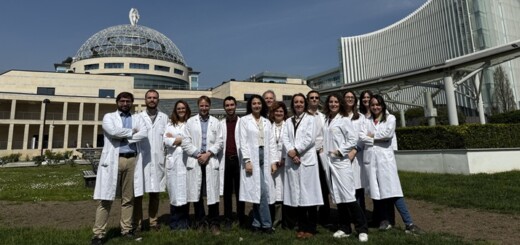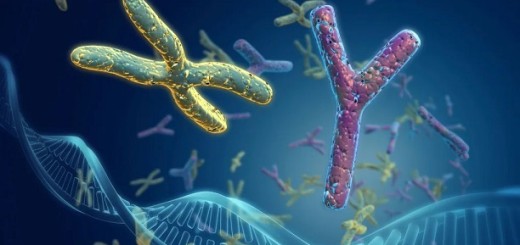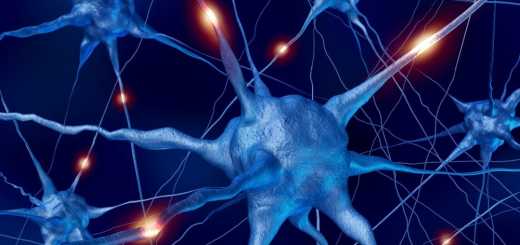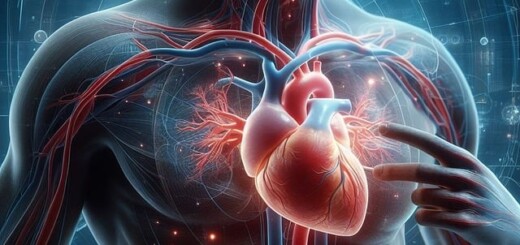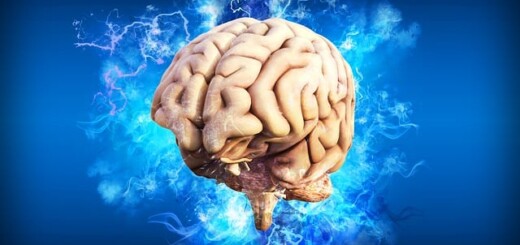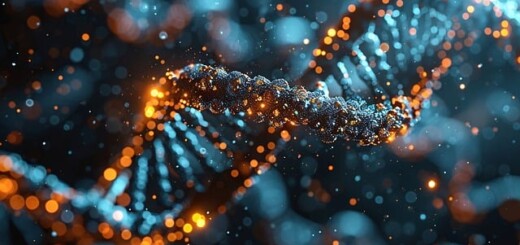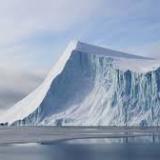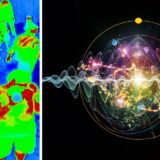Gli eventi vulcanici dell’America Centrale del 2012 conseguenza dei grandi terremoti nell’area
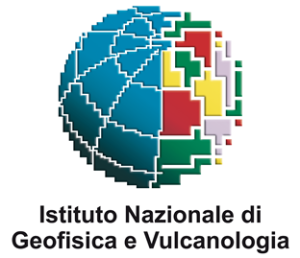
Esaminati gli eventi sismici e le successive manifestazioni vulcaniche accadute in America Centrale del 2012, ipotizzando una correlazione tra gli eventi
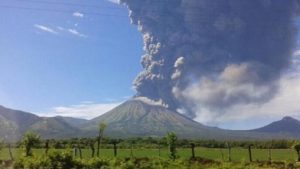
Roma, 17 novembre 2021 – Comprendere la relazione causa/effetto tra terremoti tettonici ed eruzioni vulcaniche è l’oggetto dello studio compiuto da un team internazionale di ricercatori e appena pubblicato nell’articolo “The increment in the volcanic unrest and number of eruptions after the 2012 large earthquakes sequence in Central America” su Scientific Reports.
Il team di scienziati, costituito anche da ricercatori dell’Istituto Nazionale di Geofisica e Vulcanologia (INGV), desiderava capire se il verificarsi di alcune manifestazioni vulcaniche fossero una conseguenza dell’impatto delle onde sismiche (ad esempio, una sollecitazione dinamica) e delle variazioni del campo di sollecitazione (es. sforzo).
Per scoprire questa relazione, i vulcanologi hanno preso in esame quanto accaduto nel 2012 in America Centrale. Infatti, in quell’anno, nell’arco di poco più di due mesi (27 agosto-11 novembre), l’America Centrale fu colpita da tre grandi terremoti con una magnitudo minima di 7.3.
A distanza di pochi giorni, eruttarono alcuni vulcani della regione interessata, e altri ripresero le attività dopo mesi o anni di quiete.
Questo studio analizza i tre terremoti cui è susseguito un aumento del numero di eruzioni vulcaniche nei 7 anni successivi a questi eventi sismici.
“Nello studio dei fenomeni vulcanici successivi ai tre terremoti importanti – afferma Gino González, borsista dell’Istituto Nazionale di Geofisica e Vulcanologia e studente di dottorato all’Università degli Studi di Bari Aldo Moro – abbiamo rilevato che arrivarono all’evento eruttivo solo i vulcani che già naturalmente si trovavano in uno stato critico. Questa osservazione ci ha portato a ipotizzare che gli eventi sismici rilevanti non sono stati la causa dell’instabilità del sistema vulcanico ma solo l’occasione per la sua eruzione”.
“Il quesito iniziale da cui siamo partiti in questo studio era quello di capire se un’eruzione vulcanica può essere innescata da un terremoto – afferma Dmitri Rouwet, ricercatore della Sezione di Bologna dell’INGV e coautore dello studio – Purtroppo, la risposta cui siamo giunti non è certa. Può essere ‘forse’ o ‘è solo una coincidenza’. Non riusciamo a dare ancora una risposta certa perché ci mancano chiari dati di monitoraggio che possono, poi, offrire prove certe sulla relazione tra i due fenomeni naturali”.
Charles Darwin, nella sua spedizione in Cile nel 1835, fu testimone del terremoto di Concepción del 20 febbraio di quell’anno. L’evento sismico ebbe una magnitudo stimata di 8.5 e, successivamente, lo scienziato notò un aumento di attività in alcuni vulcani. Su questa osservazione, ipotizzò una possibile relazione tra terremoti ed eruzioni vulcaniche.
Giovanni Chiodini, ricercatore della Sezione di Bologna dell’INGV e coautore dello studio evidenzia “Le osservazioni di eruzioni vulcaniche accadute successivamente a terremoti tettonici sono state segnalate in diversi eventi. Ad esempio, l’eruzione pliniana del Monte Fuji in Giappone del 1707 fu temporalmente preceduta dal terremoto di Hoei di magnitudo 8.7, accaduto 49 giorni prima. Anche in Islanda si verificò un incremento nelle eruzioni vulcaniche dopo la sequenza dei terremoti del 1618 e del 1789. Stesso fenomeno nel caso del terremoto di Kalapana nelle Hawaii di magnitudo 7.7 nel 1975 cui è seguita l’eruzione del vulcano Kilauea del 1977”.
“Dal nostro studio – prosegue Gino González – abbiamo osservato che non solo la magnitudo dei terremoti è importante, ma anche altre caratteristiche come la sua durata, la frequenza e la profondità. Questi valori possono influenzare il livello dell’alterazione dell’attività vulcanica come, ad esempio, variazioni nei tassi di deformazione del suolo, dei degassamenti, dei flussi di calore e dell’attività freatica”.
Concludendo, Gino González afferma: “Come scienziati, il nostro auspicio è il monitoraggio permanente dei vulcani attivi per rivelare quali siano più suscettibili di culminare in manifestazioni rilevanti come conseguenza di un terremoto di grande magnitudo”.
(Fig. 1 – Eruzione del vulcano San Cristóbal, Nicaragua, tre giorni dopo il terremoto della Costa Rica del 5 settembre del 2012. Foto de INETER)
*******
The volcanic events in Central America in 2012 as a result of the large earthquakes in the area
Examined the seismic events and subsequent volcanic events that occurred in Central America in 2012, assuming a correlation between the events
Rome, November 17, 2021 – Understanding the cause/effect relationship between tectonic earthquakes and volcanic eruptions is the subject of the study carried out by an international team of researchers and just published in the article “The increment in the volcanic unrest and number of eruptions after the 2012 large earthquakes sequence in Central America”. The article has just been published in Scientific Reports.
The team of scientists, also composed of researchers from the italian Istituto Nazionale di Geofisica e Vulcanologia (INGV), aim to understand whether the occurrence of some volcanic manifestations were a consequence of the impact of seismic waves (for example, a dynamic stress) and variations in the stress field.
To find out this relationship, volcanologists looked at what happened in 2012 in Central America. In fact, in that year, over a period of just over two months (27 August-11 November), Central America was hit by three major earthquakes with a minimum magnitude of 7.3.
A few days after the earthquakes, some volcanoes in the affected region erupted, while others resumed their activity after months or years of quiescense.
This study analyzes the three earthquakes which were followed by an increase in the number of volcanic eruptions in the 7 years that followed these seismic events.
“In the study of the volcanic phenomena following the three major earthquakes – says Gino González, fellow of the INGV and doctoral student at the University of Bari Aldo Moro – we found that only those volcanoes erupted that were already naturally in a critical state. This observation led us to hypothesize that the relevant seismic events were not the cause of the increased unrest of the volcanic system but only the occasion for its eruption”.
“The initial question from which we started in this study was to understand whether a volcanic eruption can be triggered by an earthquake – says Dmitri Rouwet, researcher of INGV-Bologna and co-author of the study – Unfortunately, the answer reached is not certain. It could be ‘maybe’ or ‘it is just a coincidence.’ We are still unable to provide a certain answer because we lack clear monitoring data which could offer certain proofs on the relationship between the two natural phenomena”.
Charles Darwin, on his expedition to Chile in 1835, witnessed the Concepción earthquake of February 20 of that year. The seismic event had an estimated magnitude of 8.5 and, subsequently, the scientist noticed an increase in activity at some volcanoes. On this observation, he hypothesized a possible relationship between earthquakes and volcanic eruptions.
Giovanni Chiodini, researcher of INGV-Bologna and co-author of the study highlights: “The observations of volcanic eruptions that occurred after tectonic earthquakes have been reported in various events. For example, the Plinian eruption of Mount Fuji in Japan in 1707 was temporally preceded by the 8.7 magnitude Hoei earthquake, which occurred 49 days earlier. Also, in Iceland there was an increase in volcanic eruptions after the 1618 and 1789 earthquake sequences. The same dynamics occurred in the case of the Kalapana earthquake in Hawaii of magnitude 7.7 in 1975, which was followed by an eruption of Kilauea volcano in 1977”.
“From our study – continues Gino González – we observed that not only the magnitude of the earthquake is important, and other aspect as duration, frequency or depth could play a role in the influence of the alterations in volcanic activity such as variations in the rates of soil deformation, outgassing and heat fluxes, groundwater activity and sure, volcanic eruptions”.
Concluding, Gino González states: “As scientists, our goal is to permanently monitor active volcanoes in real-time to reveal which volcanoes are most likely to culminate in relevant manifestations as a consequence of a large-magnitude earthquake”.
(Fig. 1 – Eruption of the San Cristóbal volcano, Nicaragua, three days after the Costa Rican earthquake of 5 September 2012. Photo credit INETER)

